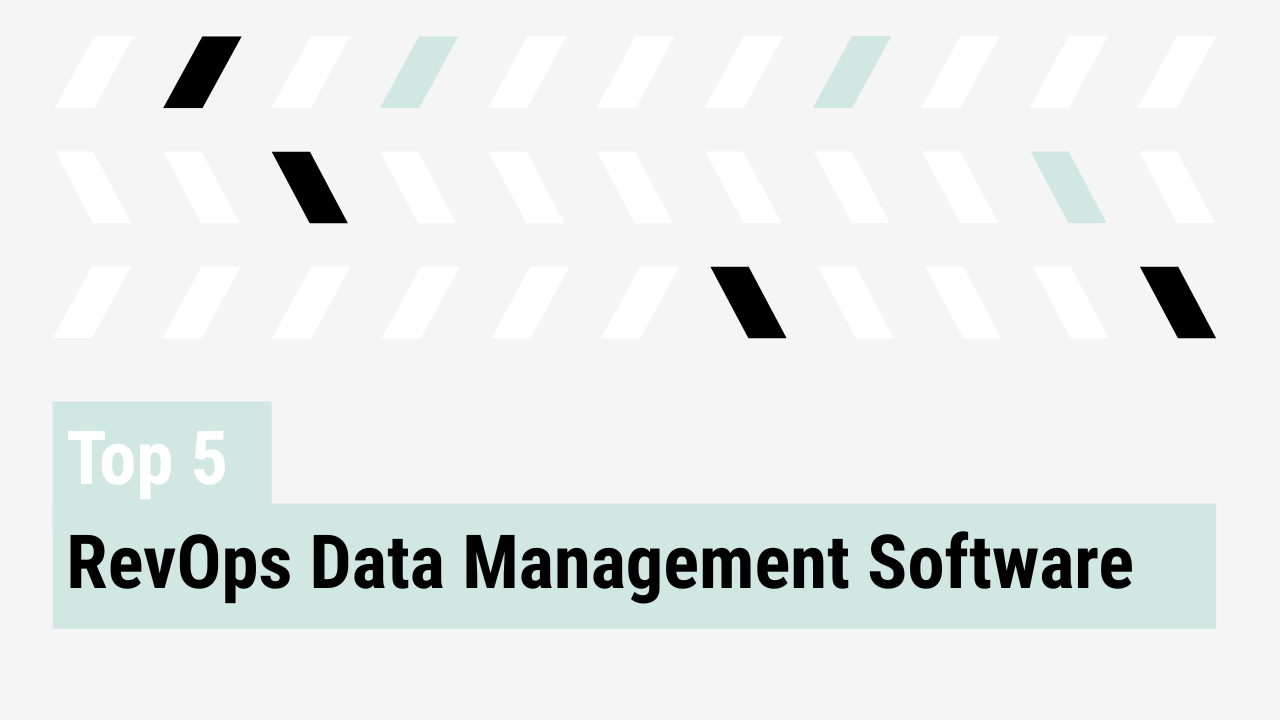Revenue operations (RevOps) is moving quickly from a support function into a central driver of growth. But as teams scale, they often wrestle with the same tradeoff: how do you keep up the pace of execution without creating complexity that slows everyone down?
Ed Sim, VP of Sales Ops at IDC, has seen this challenge play out inside some of the largest and fastest-growing companies in tech. In this conversation, he shares how to structure RevOps teams, avoid hypergrowth pitfalls, and build a career that lasts.
Ed has led RevOps inside high-growth technology organizations, building systems and teams designed to support rapid scaling. He focuses on how operators can earn trust across the business, balance speed with durability, and prepare themselves for long-term impact.
Q&A
How is RevOps typically structured inside large tech companies, and what lessons can smaller organizations take from that?
When you look inside big tech, RevOps responsibilities are often split. Sales finance handles planning and reporting, while sales ops drives execution. Beyond that, companies tend to organize into three modes: field-aligned “chief of staff” roles supporting frontline teams, a centralized “mission control” responsible for systems and reporting, and scaled operations that design standardized processes.
The lesson for you in a smaller organization is to stay clear on ownership while avoiding unnecessary silos.
What’s the right balance between speed and scalability when building RevOps processes?
You should resist the urge to over-engineer too early:
“Sometimes this may mean you do a mockup in spreadsheets… you’ll spend three months in spreadsheets… But what the three months gains you is prototype and proof of concept.”
Spreadsheets are your way to test, learn, and pressure-test ideas with real users before you commit to durable workflows. They give you the flexibility to model scenarios, adjust variables on the fly, and identify friction points in a low-risk environment. Once you see consistent adoption and results in this lightweight format, then you can confidently translate the process into your core systems knowing it will hold up at scale.
In periods of hypergrowth, what risks or pitfalls should RevOps leaders watch out for?
“A hallmark of a rapidly growing company is lots of people being added very quickly… and this results in a lack of clarity on who owns what problem…, and they all have a different approach.”
The risk is more than the duplication of effort. It is the erosion of trust and speed when multiple teams try to solve the same issue in conflicting ways.
You can often spot this early if you see overlapping project charters, competing dashboards, or stakeholders getting conflicting answers to the same question. As a RevOps leader, you should watch for signs like repeated escalations, redundant requests for the same data, or multiple teams using different tools to solve the same process gap. These are signals that ownership is unclear and alignment is breaking down.
What skills and habits help RevOps professionals earn credibility and influence across the organization?
“Early on… just identifying the problem and then bringing quick solves and being seen as useful will get you a lot of credibility very, very quickly.”
Your credibility starts with running toward problems, then expands as you build relationships that bridge gaps across the company. Network building here means setting aside time to connect with peers in sales, marketing, finance, and product, learning how their processes actually work, and identifying where handoffs break down. When you map these connections, you start to see the hidden dependencies that others miss, and you position yourself as the person who can close loops, resolve friction, and keep everyone aligned.
How can storytelling and stakeholder ‘pre-wiring’ improve tough business conversations?
Effective storytelling is really about shaping the conversation before you are in the room. When you share data and context with stakeholders in advance, you can anticipate objections and build alignment early, making the actual meeting smoother.
Think about this the way a consultant would: you earn influence by quietly aligning people ahead of time, showing them the logic of your recommendation, and giving them a chance to weigh in before the group setting. By the time you step into the meeting, the conversation is less about debating the data and more about guiding the group toward the solution you have already socialized.
What career advice would you give RevOps professionals who want to maximize their long-term impact?
Think about your career in stages. You want to maximize your 40s, and that starts by building a solid foundation in your 20s and 30s.
In your 20s, rotate across functions to build empathy and pattern recognition, experimenting with different roles to learn how the pieces of go-to-market fit together.
In your 30s, start sharpening a particular specialty where you can excel, while still broadening your leadership experience and building a network across the company.
By the time you reach your 40s, you should be crystallizing that specialty and aiming to be world-class at one thing, so you bring unique value to senior leadership while still drawing on the breadth of your earlier experiences.
Go Deeper
If you enjoyed this Q&A, check out the full conversation with Ed Sim at YouTube or Spotify.
About AccountAim
AccountAim is the planning and analytics platform built for Strategic RevOps teams. With AccountAim, RevOps teams connect all of their fragmented GTM data, automatically snapshot and see trended changes over time, and build full-funnel reporting — all without SQL or data team support. Learn how Strategic RevOps teams use AccountAim to streamline forecasting, territories, cross-sells and more here.



